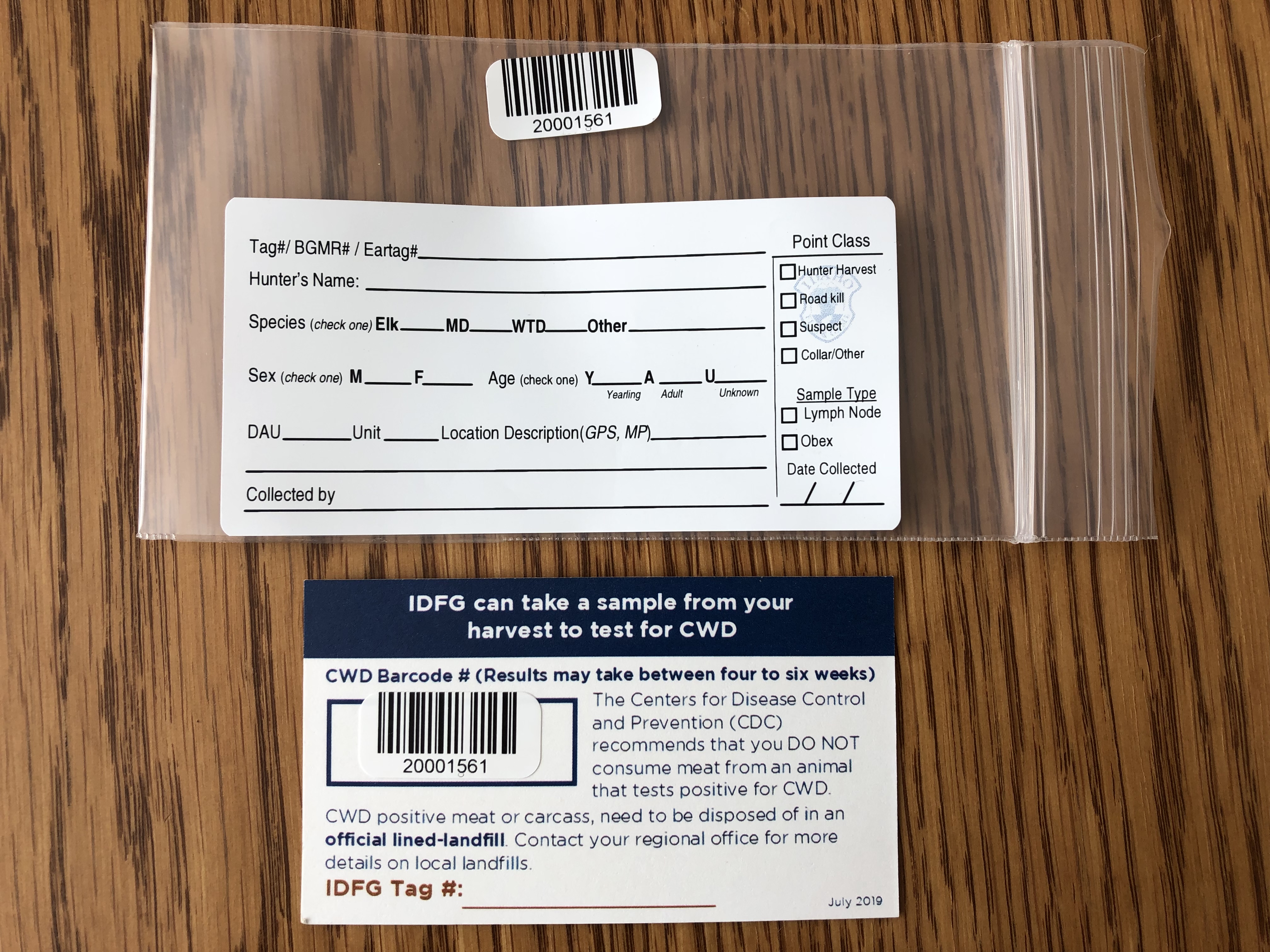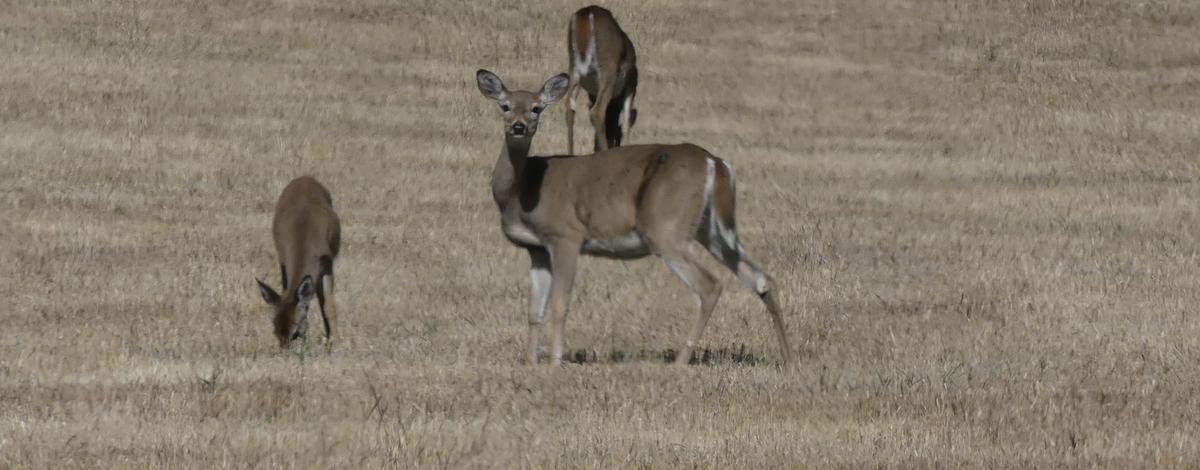The Clearwater Region of the Idaho Fish and Game is asking hunters to help with a surveillance program looking for chronic wasting disease. Fish and Game has been testing for the disease for decades in other parts of Idaho. This latest testing is part of a general surveillance, rotational sampling strategy that Fish and Game initiated in 2017 to monitor for CWD.
Fish and Game staff is seeking voluntary sample submissions from hunters that harvest white-tailed and mule deer in the Panhandle and Clearwater regions. Biologists will be operating check stations around the region this fall where samples will be taken from interested hunters’ deer. Samples are collected by removing the lymph nodes located near the base of the deer’s jaw. Hunters can sample their own deer or bring deer into a regional office to have samples taken.
Fish and Game would also like samples from salvaged road-killed deer. Individuals who pick up a road-killed deer are encouraged to bring the head from the deer to the regional office in Lewiston or Coeur d' Alene. It is important that heads from road-killed deer have accurate information about the date of salvage and the location of pick-up (highway and milepost marker number).
All heads should be kept cool or frozen until transferred to Fish and Game staff. Hunters will be provided with their sample number on a card. This number can be used to look up sample results on the website at http://idfg.idaho.gov/cwd. Hunters should be aware that testing may take up to 4-6 weeks after the samples are submitted.

Fish and Game has not detected CWD in Idaho since testing began in 1997. CWD is a contagious, fatal neurological disease that affects deer, elk, and moose. Neighboring states (Montana, Utah, and Wyoming) have confirmed CWD-positive animals close to the Idaho border. Most recently, in the summer of 2019, several white-tailed deer sampled in Libby, Montana have tested positive for CWD.
While deer, elk, and moose affected by CWD can be healthy-looking, animals showing clinical signs can appear very thin with drooping head and ears, excessive salivation, and exhibit unusual behaviors such as a loss of fear towards humans and a general lack of coordination. Animals showing these signs should be reported to a local Conservation Officer, Fish and Game Regional Office, or the Wildlife Health Laboratory at (208) 939-9171.
The Center for Disease Control advises that there is no strong evidence that humans can acquire CWD. It is recommended to have deer and elk tested if they were harvested in a known CWD-positive area, and to not consume meat from CWD-infected animals.
For questions regarding CWD sampling, contact the Clearwater Regional Office at (208) 799-5010 or stop by at 3316 16th St. in Lewiston.
To learn more about CWD, visit https://idfg.idaho.gov/cwd/status.

